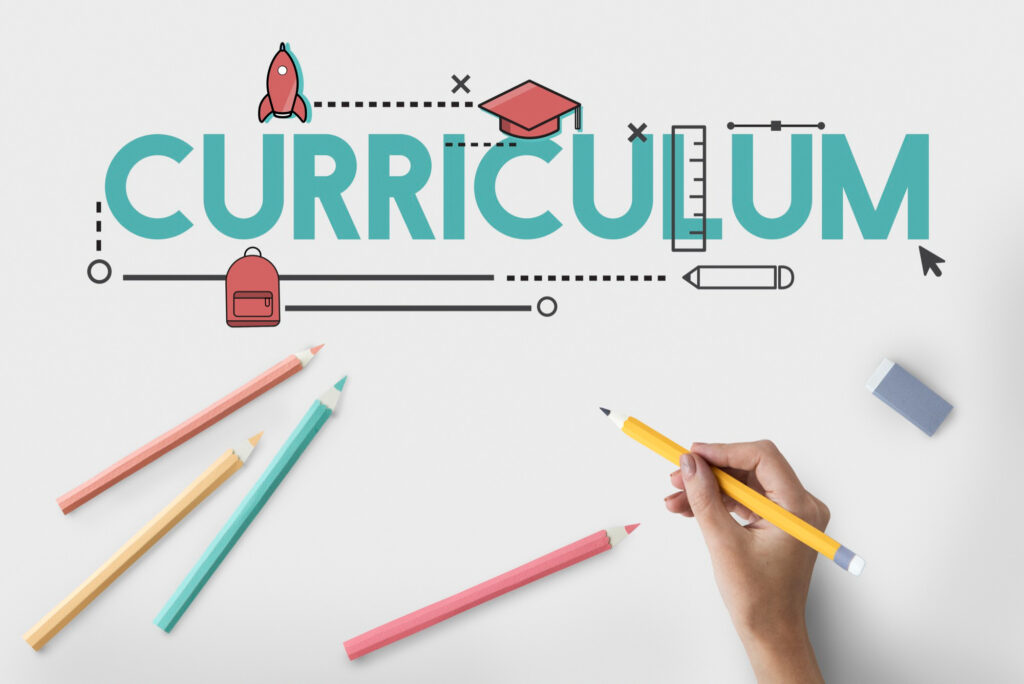Curriculum design is a crucial process that shapes the educational journey of students, ensuring that knowledge and skills are delivered in a structured and meaningful manner. Pakistan has a diverse educational landscape; therefore, understanding the key components of curriculum design is essential for improving the quality of education. Let us explore the core elements of curriculum development to gain valuable insights into how these frameworks can enhance a country’s education system.
Core Elements of Curriculum Design
The core elements of curriculum design encompass objectives, content selection, learning experiences, and evaluation. Each element plays a vital role in creating a cohesive and effective educational framework.
1.Curriculum Objectives
Curriculum objectives serve as the foundation of effective curriculum design. They articulate the specific goals that teachers intend to achieve. According to Curriculum Development: Theory into Practice by Daniel Tanner and Laurel Tanner, these objectives are influenced by four primary factors: society, knowledge, the learner, and the learning process.
For instance, in Pakistan, the growing emphasis on STEM education highlights the need for curriculum objectives to focus on equipping students with the skills and knowledge necessary for future careers in science, technology, engineering, and mathematics. This alignment ensures that students are prepared to meet the needs of a rapidly evolving job market.
Understanding the learner’s age, prior knowledge, and learning styles remains essential for creating meaningful objectives that promote engagement and critical thinking.

2.Content Selection
The content of a curriculum discusses the specific knowledge and skills students are expected to learn. It should be relevant, diverse, and inclusive, reflecting students’ backgrounds and experiences. In our country, where educational resources are limited, the content must align with the realities of classroom environments. This means considering factors like the availability of teaching materials, the size of classrooms, and the varying skill levels of students.
Balance and continuity in organizing content are crucial. This involves structuring lessons to revisit key concepts regularly. Such repetition helps students reinforce their understanding and gain mastery over time, supporting deeper learning and knowledge retention.
Moreover, integrating local culture, history, and contemporary issues into the curriculum can make learning more relatable. For instance, including case studies from local industries or historical events can enhance engagement and contextual understanding.
3.Learning Experiences
Learning experiences refer to the strategies and methods employed during instruction. Effective learning experiences actively engage students, allowing them to apply knowledge in practical ways. Incorporating project-based learning, hands-on activities, and collaborative projects can make lessons more dynamic.
In Pakistan, traditional teaching methods have often relied on rote memorization; however, there is a growing recognition of the need for more interactive approaches. These methods encourage collaboration and critical thinking, allowing students to apply their knowledge in real-world contexts. Additionally, creating an engaging learning environment allows teachers to improve student motivation and enhance the overall educational experience.

4.Curriculum Evaluation
Curriculum evaluation is a distinct yet vital component of curriculum design. Unlike student evaluation, which focuses on assessing individual performance, curriculum evaluation assesses the effectiveness of the curriculum itself. This process provides essential feedback for continuous improvement, ensuring that the curriculum remains relevant and responsive to the needs of students and society.
In Pakistan, establishing robust evaluation methods is essential. By implementing systematic assessments of curriculum components, teachers can identify areas for improvement and make necessary adjustments. Evaluation should also consider student feedback, providing insights into their experiences and perceptions of the curriculum. This collaborative approach ensures that the curriculum evolves in line with the changing needs of learners.
Enhancing Curriculum Design for Future Success
Developing an effective curriculum is the key to enriching the educational journey for students in Pakistan. Integrating these elements while designing the curriculum creates a cohesive educational framework that meets the needs of students and societal demands. A strong evaluation process ensures the curriculum stays up-to-date and responsive to learners’ needs, ultimately developing a vibrant education system that encourages lifelong learning and growth.

Disclaimer: Any opinions expressed in this blog do not necessarily reflect the opinions of CREDP. This content is meant for informational purposes only.






